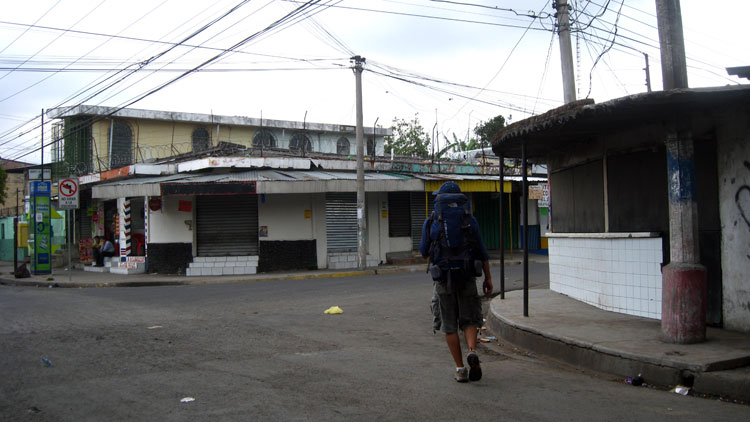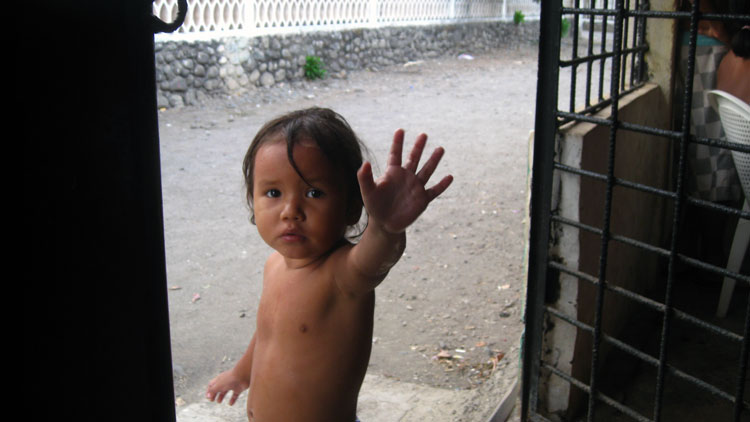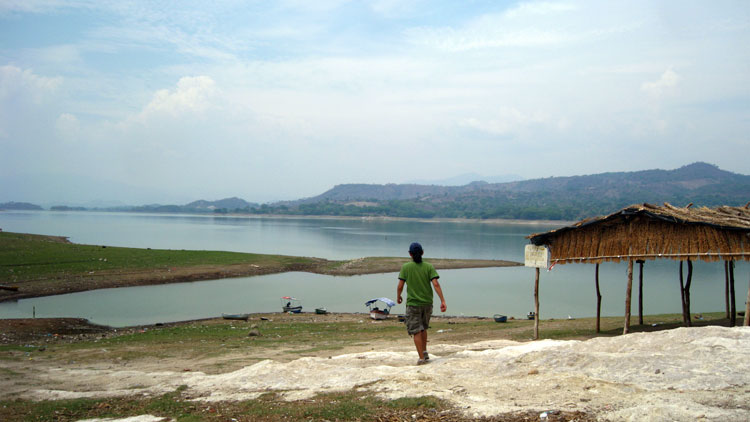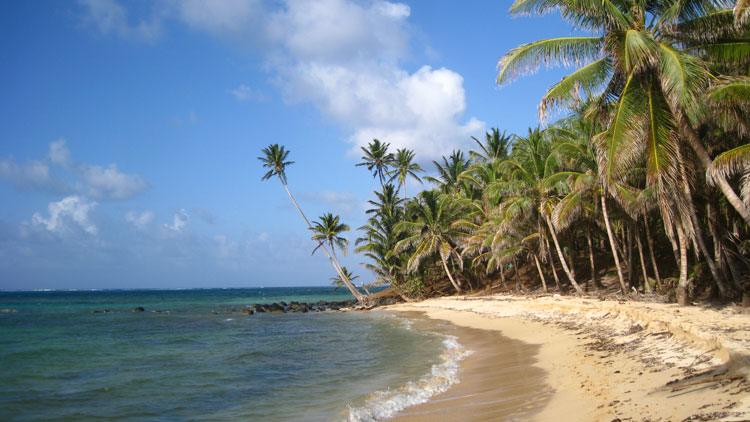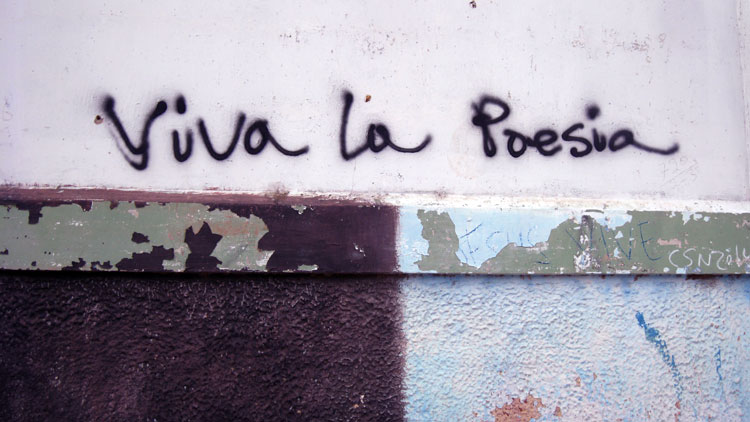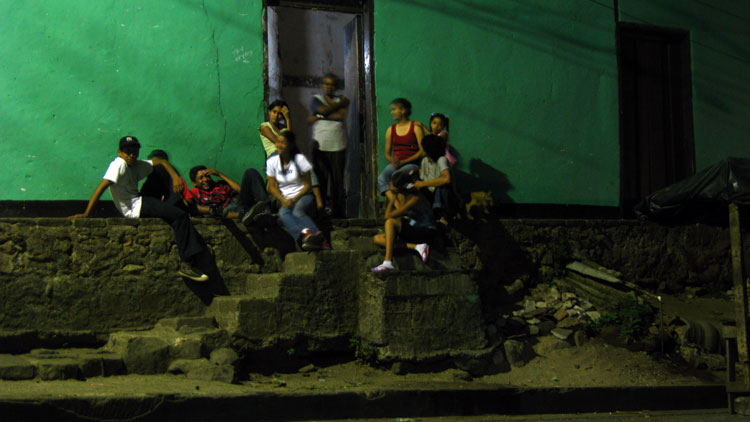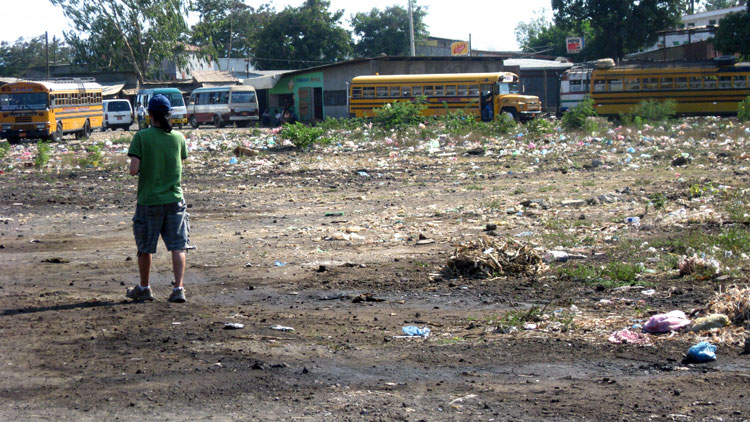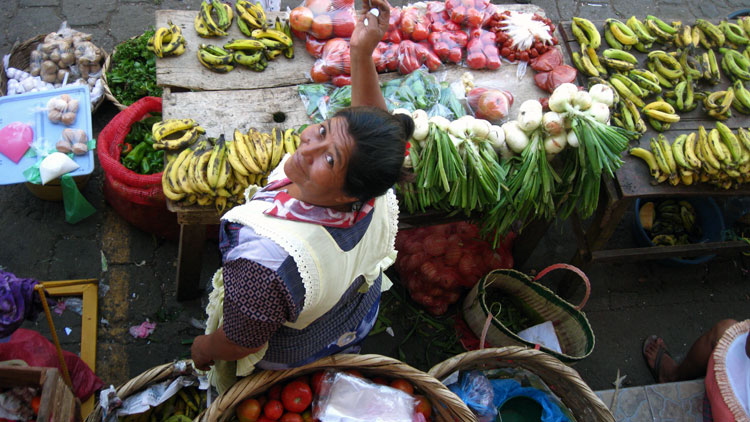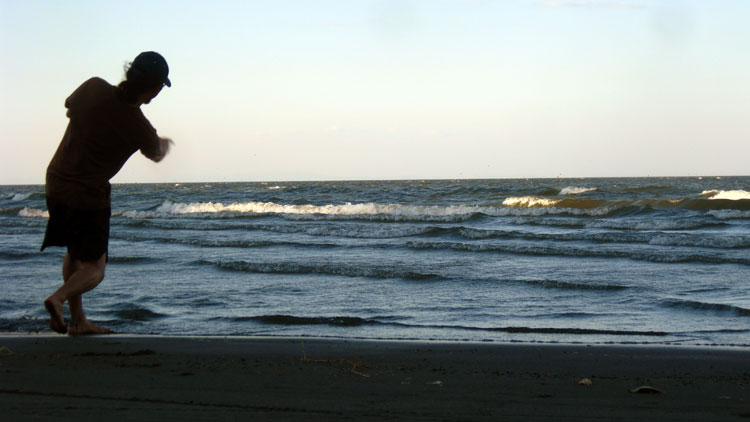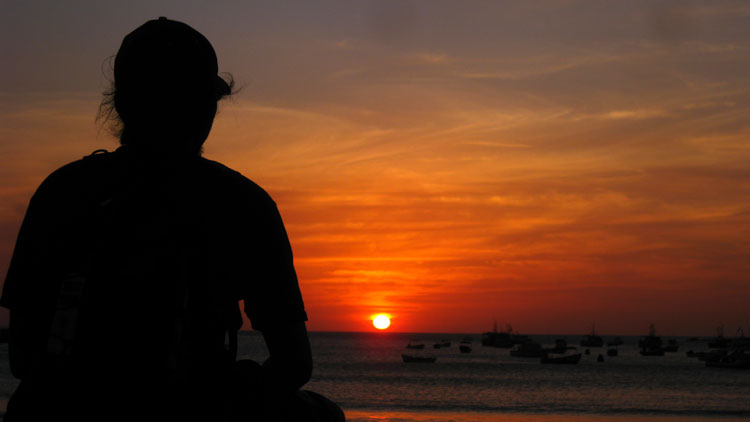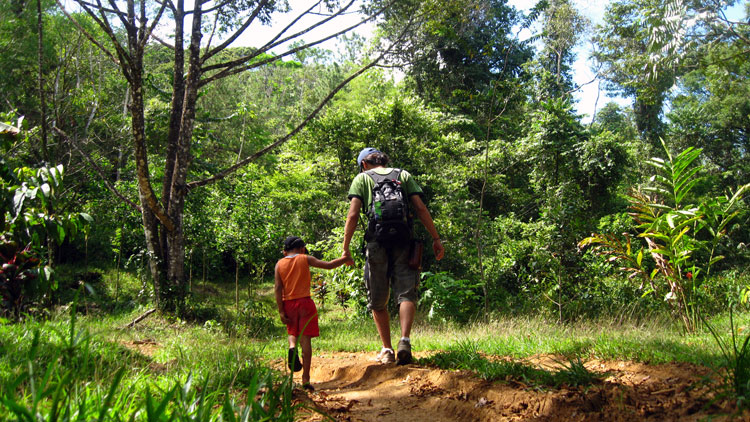Yesterday, at the crack of early light, I left my company from Santa Ana, El Salvador for the border of San Cristobal; where, if all went well, I would have transferred buses and be in Antigua, Guatemala by 2pm. Well, all didn’t go as planned. By now, even the most patient of souls would have been tried by the tedious traffic delays and inefficient transport – but again, it’s just reminder that one shouldn’t visit 3rd world countries expecting world-class efficiency. Life is slow, and the locals like it that way. In the end, after two serious traffic jams due to road construction and raging thunderstorm, after costing me $23 dollars in buses and taxi fair (really think I got ripped off for the first time in Central America), I made it to Antigua at 6 in the evening!
The first impressions of Guatemala was an utter surprise. Driving through Guatemala City, I was struck by how modern the metropolis is, with high-rises looming everywhere. The thick clouds and raging thunderstorm added a tinge of mystical feel to a city surrounded by verdant hills. It was not the best time to appreciate as half the streets I passed was under half a foot of water. Still, it didn’t seem third world at all.
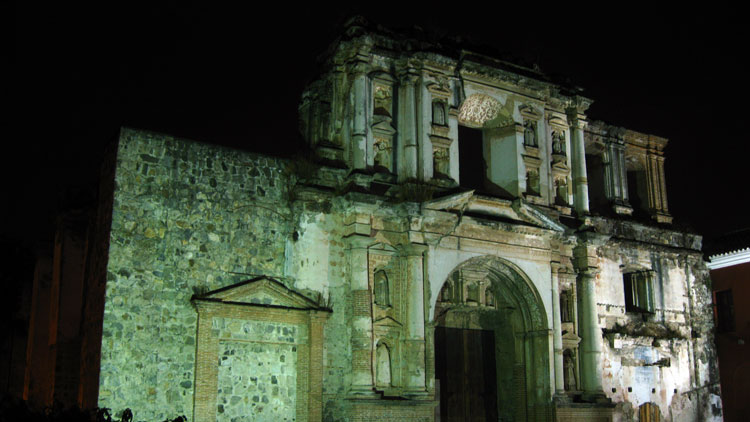
Antigua, however, is a different gem altogether. By the time I arrived on the chicken bus to the central market area, the sun had already set leaving the sky a dark shade of azure. Wandering at dusk to find my bearings, I was immediately struck by the colonial appeal of this town – no wonder all the tourist flock here. The steady drizzle of rain cast a veil over the town that scattering the lights of all on-coming traffic, much like an impressionist painting. Everywhere, school children formally attired with ties and sweaters marched through the side walks in groups prating with smiles. The cobble-stone streets all lay damped from the days rains and resounded with a staccato sound with every passing vehicle.
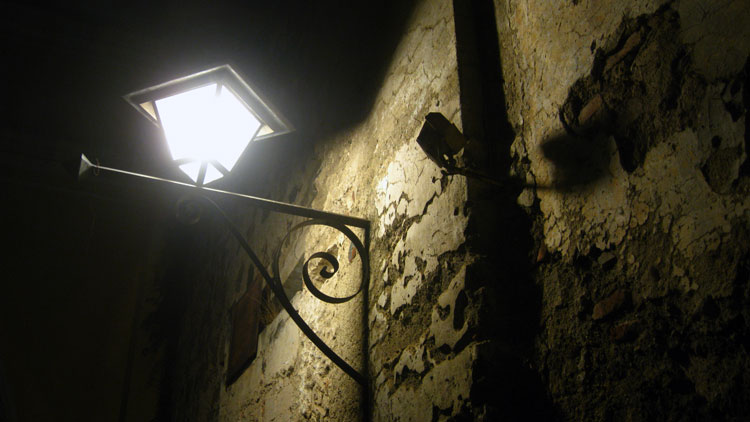
After checking in, I wandered the streets in the night as the herds of people thinned to a quiet. By 8:30 pm, not much stirred on the streets or in the park, save for occasional lovers huddled on a bench in the misty drizzle, softly cast by the spot-lit church adjacent to the central park, chatted the night away in soft romance.

